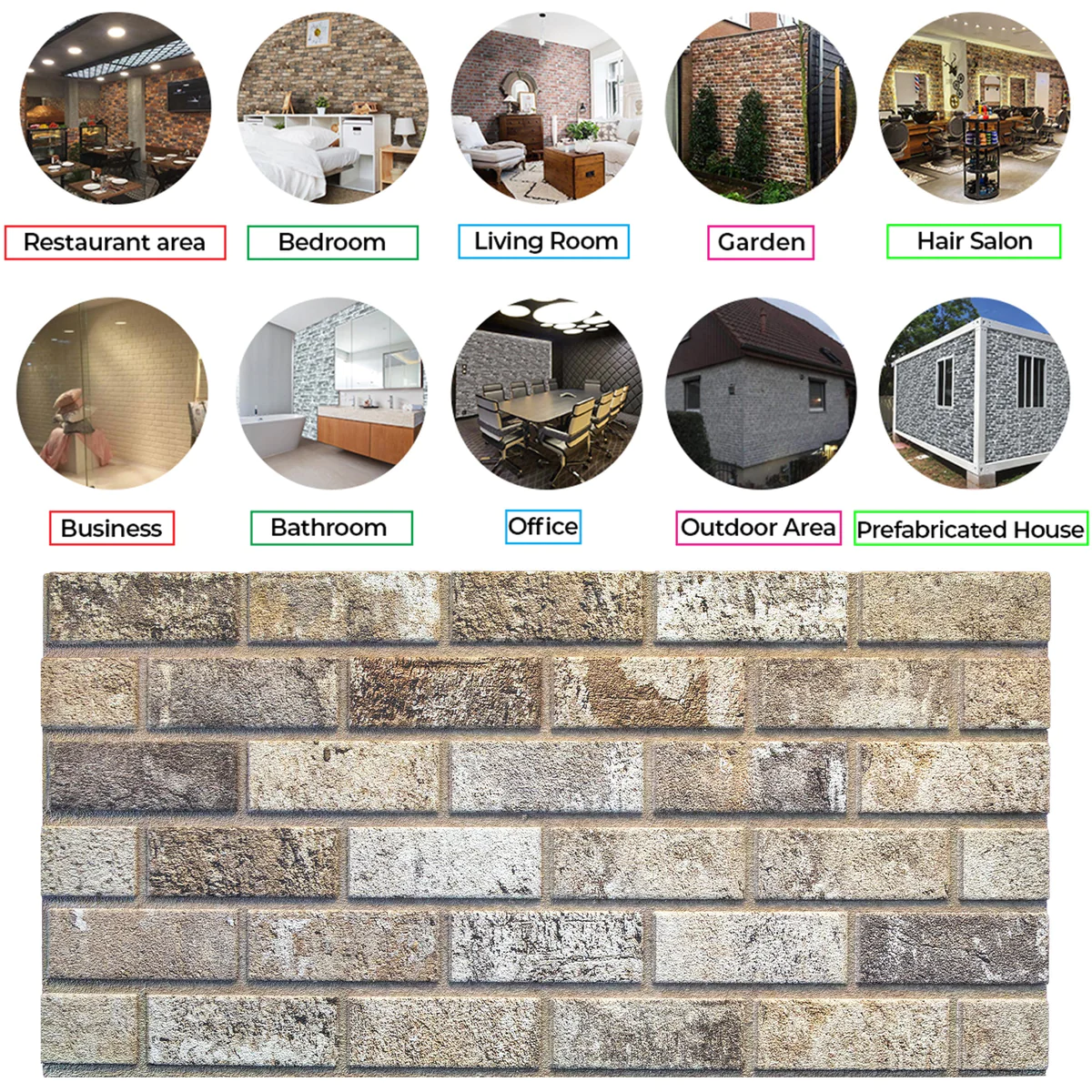Form Follows Function: Exploring the Philosophy of Architecture

Have you ever stopped to admire a building and wondered why it looks the way it does? Is it just a random collection of shapes, or is there a deeper reason behind its design? Well, architects throughout history have grappled with this very question, and one of the most influential philosophies is known as “Form Follows Function.”
This catchy phrase, coined by American architect Louis Sullivan in 1896, basically says that the design of a building (its form) should be directly influenced by its intended purpose (its function). Think about it this way: a house needs a different layout than a factory, right? A library designed for quiet study wouldn’t have the same open floor plan as a bustling shopping mall.
The Rise of Modernism
Form Follows Function became a cornerstone of the Modernist movement in architecture during the early 20th century. Architects like Frank Lloyd Wright and Le Corbusier saw beauty in simplicity and functionality. They rejected the elaborate ornamentation and historical styles that dominated earlier eras, and instead focused on clean lines, open spaces, and materials that reflected the building’s purpose. Think of the iconic Guggenheim Museum in New York City, a swirling concrete masterpiece designed specifically for displaying modern art.
Beyond the Basics
But Form Follows Function isn’t just about creating boxes for specific uses. Great architecture can still be aesthetically pleasing while prioritizing function. The way light filters into a building, the use of natural materials, and the creation of a sense of flow within a space are all ways architects can elevate the form while staying true to the function.
Is it Black and White?
Of course, the design world is rarely black and white. There are plenty of architects who push the boundaries of Form Follows Function. Some believe that buildings should also evoke emotions and tell stories. Others explore the use of innovative materials and technologies to create unique and expressive forms.
The Enduring Legacy
Whether you’re a design enthusiast or simply someone who appreciates a well-crafted building, understanding Form Follows Function gives you a deeper appreciation for the thought process behind the places we inhabit. The next time you admire a building, take a moment to consider how its design reflects its purpose. Does the layout make sense for its intended use? Do the materials and shapes enhance the experience of being inside? By understanding these principles, you’ll be able to see the world of architecture in a whole new light.










